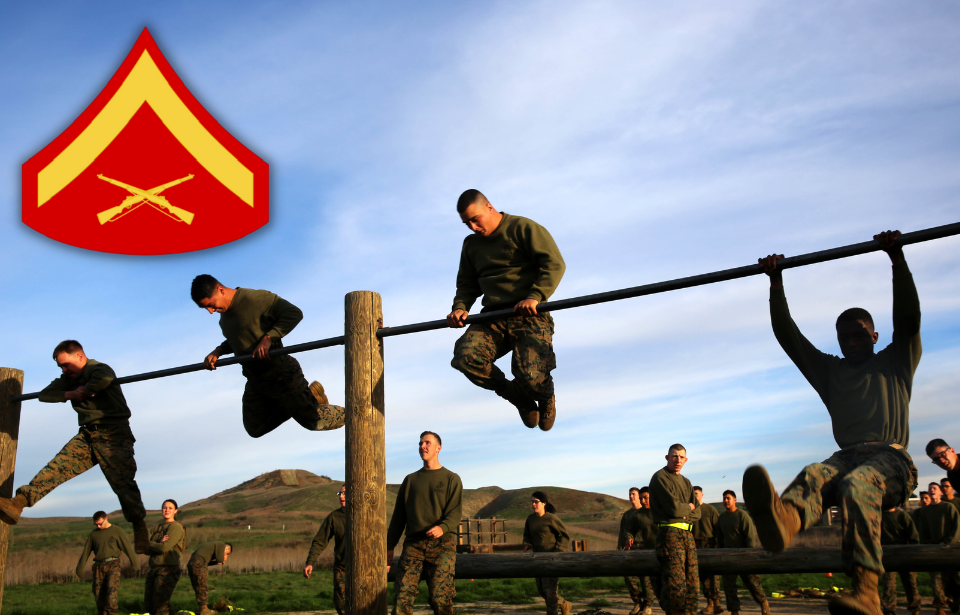Achieving the rank of lance corporal in the Marine Corps is not an automatic reward for completing training—it must be earned through continued performance and dedication. After enduring 12 weeks of boot camp and the grueling 54-hour Crucible, new Marines are expected to prove themselves further in active assignments, demonstrating the discipline, initiative, and leadership potential demanded by the Corps.
Promotion to lance corporal depends on a combination of factors, including time in service, job proficiency, and a spotless disciplinary record. While many Marines reach this milestone after about eight months, those who consistently excel may advance sooner through meritorious promotion. Earning the title of lance corporal represents more than a new insignia—it marks a Marine’s first step into leadership and the growing trust placed in them by their command.
What does the rank mean?
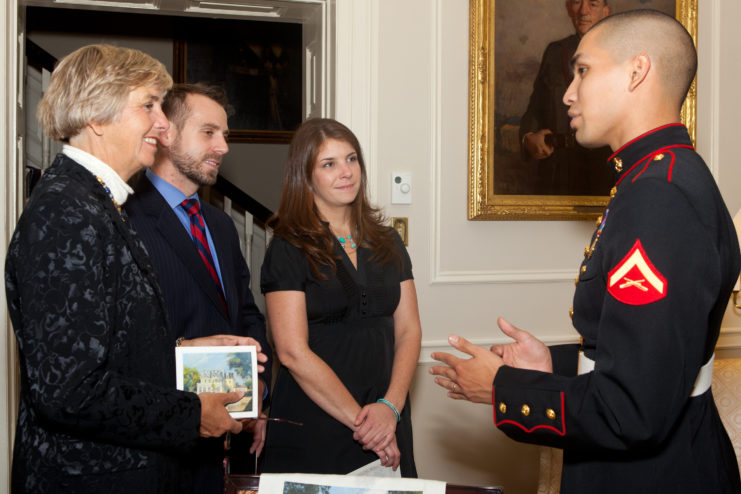
The rank of lance corporal is the third enlisted grade in the U.S. Marine Corps, sitting above private first class and just below corporal. While it does not confer non-commissioned officer status, it is typically awarded to Marines who demonstrate early leadership potential and reliability. Those holding this rank are expected to set a standard for others and begin assuming modest leadership responsibilities.
The term “lance corporal” has deep historical roots. “Corporal” derives from the Italian capo corporale, meaning “head of the body,” while lancepesade refers to a “broken lance” or “broken spear.” Combined, the title can be interpreted to mean s a soldier honed by experience—recognized for both competence and resilience—prepared to guide and inspire fellow Marines.
First used in the United States in 1802
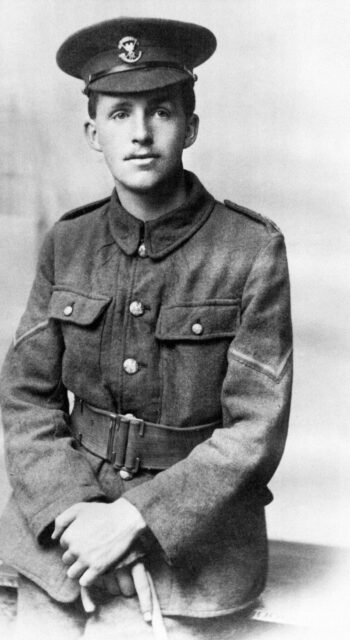
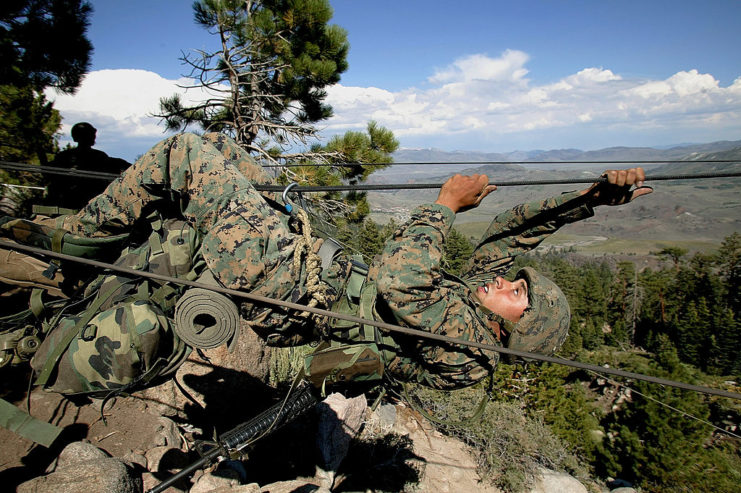
The lance corporal rank remained in the Marines into the 1930s, but was infrequently used until it was officially instated as a rank in 1958, following the Career Compensation Act of 1949. Today, it speaks to the storied and unique history of the US Marine Corps, with those wearing the rank’s chevron with crossed rifles doing so with pride.
What does it take to become a lance corporal?
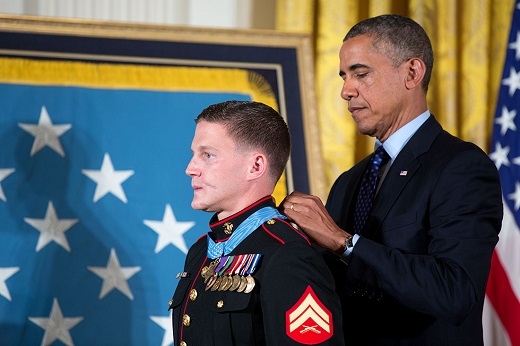
In November 2010, during his deployment in Afghanistan, Carpenter was on a rooftop security post with fellow Marine Nick Eufrazio when the enemy launched a daytime assault, hurling hand grenades at their position. Without hesitation and with total disregard for his own safety, Carpenter shielded his comrade by throwing himself onto one of the grenades, absorbing the blast.
Kyle Carpenter exemplified what it means to be a lance corporal
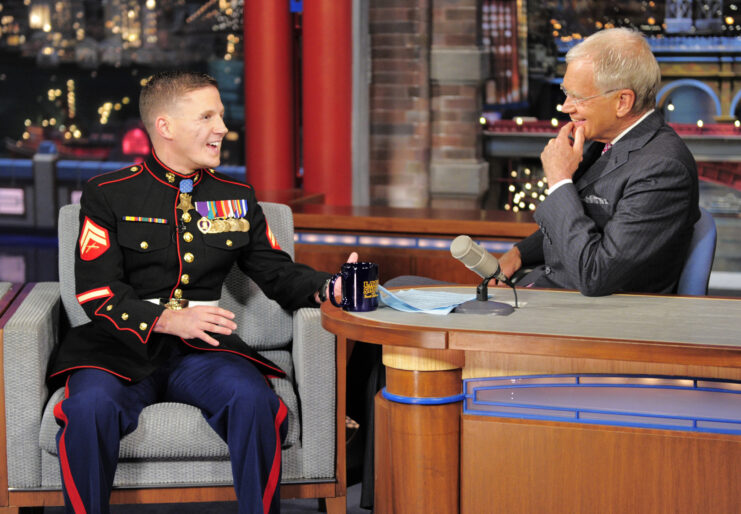
Carpenter, who retired with the rank of corporal, suffered the brunt of the blast. He lost his right eye and most of his teeth in the explosion. His jaw and right arm were also shattered, and while he had to undergo dozens of surgeries, he survived his injuries.
In 2014, he was awarded the Medal of Honor for his selfless service, becoming the eighth living recipient for service performed in Afghanistan. Like many lance corporals before him, his rank spoke to his legendary potential both on and off the battlefield – a trademark of true Marine Corps excellence.
